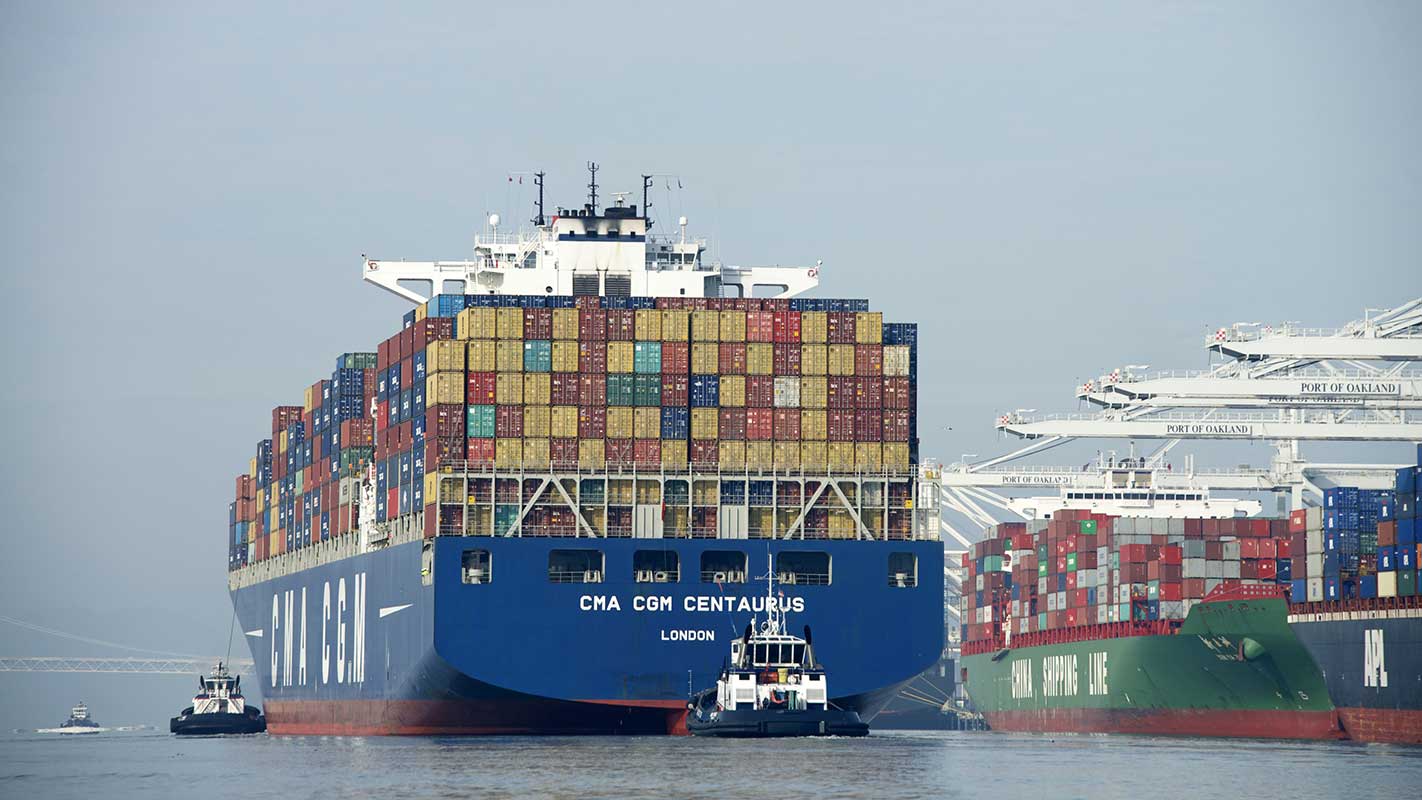It might have been a conversational trend on social media, but at Smart Directions, we’ve decided
that it’s high time we paid tribute to those toga-wearing travellers. The Romans gave us advertising,
bureaucracy, plumbing, Latin and our currency.
But what interests us (and ok, it might only be us) is the brilliance of Roman roads. That’s right, we’re
bringing it back to our sector and appreciating the marvel of logistics, Roman style.
What’s so special about a Roman road?
Well friends, wherever possible, the Romans built roads that were 1) straight 2) broad and 3)
included pavements on one or both sides for pedestrians. As conquerors, they didn’t have to worry
about either obtaining land or waiting for planning permission, so they were able to just get on with
it! In fact, within 4 years of landing in Britain, they’d already laid 1000km of road, which of course
went on to change the face of UK travel forever.
If only our local councils were that determined…
Their transport network spanned 120,000km in total, from Mesopotamia to Britain, and from the
Danube into Spain and Northern Africa. Each stretch of road was so well engineered that we still
have many examples of well-preserved highways centuries later.
So how did the Romans do it?
Simple. They used a tool called a groma with a series of beacons.
Let’s take you through what we know. We promise this will all make sense in the end.
Say they wanted to connect London to Chichester. The distance they needed to cover was roughly 80
miles and not in any way flat. So the process starts with lighting a beacon in London, before then
travelling on towards Chichester, lighting further beacons on higher ground, each in view of the one
before. A groma is used to gradually help the surveyor to line up the beacons to form a straight line,
and a road can then be mapped and built. Sure, it’s a lot more complicated than that, but we’re not
surveyors or construction experts, so that’s all you’ll get from us.
Are those ancient Roman roads helping us today?
Well, you’ll be pleased to know that we’ve got a lot better at building roads since the time of groma
and beacons… even if they are riddled with potholes. So how does Roman influence impact us today?
Well thanks to our road loving Romans, we were inspired to build tunnels, bridges and viaducts.
Marshes were drained, forests were felled and mountainsides were excavated. We learned to
understand the importance of creating drainage, installing kerbs and planning regular passing points.
Nowadays, we’ve used those ancient Roman roadways to encourage a flurry of connectivity, linking together
previously disconnected communities with the rest of the country, and making it easier and more
efficient to get from one city to another.
Where do we come in?
Like those beacons and ancient paths, we want to take our clients and their freight from A to B as
quickly and efficiently as possible. You might even say that we’re taking them in the “Smartest
Direction” for running a successful business. Ok, we admit that that was a bit cheesy. But still…
With current issues in the Red Sea having such a huge impact on global trade, we wanted to remind
our existing customers (and those we’ve yet to welcome) that we have plenty of alternative options
to make sure that your business keeps moving.
In fact, with many years of experience, we are confident that we have a solution for all of your
logistic needs, regardless of the size of your enterprise or the type of freight you need us to handle.
Whether you’re looking for overnight, imports or worldwide express and economy options, you can
always get up to date and reliable advice from a member of the Smart Directions team. Simply fill in
our online contact form, or get in contact directly 01442 507 240

